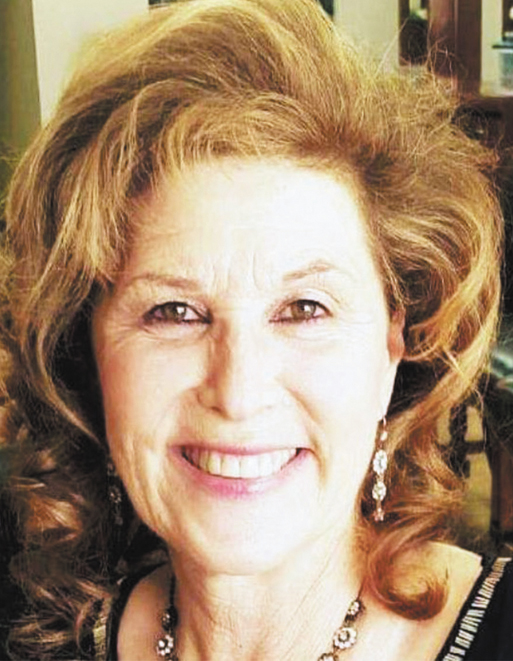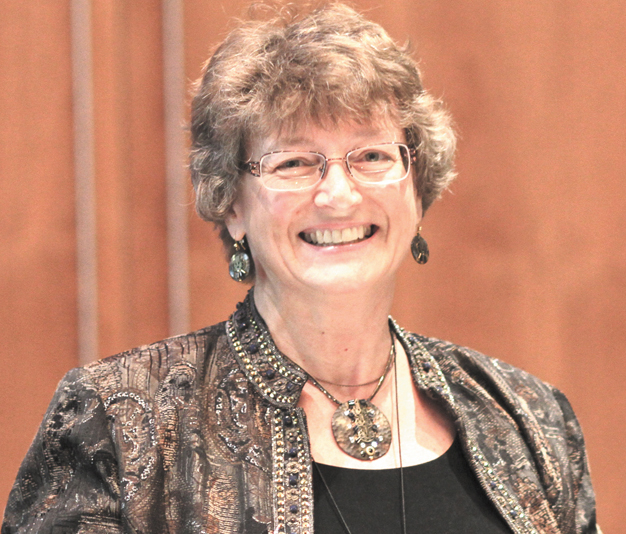A heritage of heroism

A New Series: Our Dual Heritage
Jewish Family Education with Candace R. Kwiatek, The Dayton Jewish Observer
Poway Chabad synagogue worshipper Lori Gilbert-Kaye killed while shielding rabbi from shooter. UNC-Charlotte student Riley Howell loses life after charging lecture-hall gunman. Denver high schooler Kendrick Castillo dies tackling gun-wielding classmate. These headlines beg the question, “How do we explain such heroism?”
“To put (your life) on the line or take risks where you can lose your life for others is an astounding and profound human behavior,” observes Temple University Psychology Professor Frank Farley. His research has led him to distinguish between two kinds of heroism: “Big H Heroism” and “small h heroism.”
Involving significant risk, Big H Heroism is exemplified by lifelong heroes such as Moses and Martin Luther King Jr.; professional heroes such as King David and his armies, modern soldiers and first responders, and situational heroes that include the Egyptian midwives who defied Pharaoh.
Farley notes that most heroism includes two ingredients: “risk-taking/risk-tolerance and generosity (compassion, kindness, altruism, empathy).”
Clinical social worker and Yeshiva University Professor Ronnie Glassman similarly notes that “people who step up as heroes in mass shootings tend to have a moral center.”
Heroism may rely in part on instinct, personality, or specialized training. But at its foundation, its core is personal character guided by a moral code that is directed toward a noble or higher purpose. This is Farley’s small h heroism of generosity: everyday caring and good deeds. The lives of the recent shooting victims are a case in point.
Lori’s friends describe her as an Eshet Chayil, a Woman of Valor: thoughtful, generous, and always offering a helping hand or running to do a mitzvah.
“Heroism and good deeds are not only characteristic of dear Lori in death,” Israel’s Diaspora Affairs Minister Naftali Bennett noted, “but this is the way she lived her life.”

According to Riley’s family and friends, he was humble and kind, a guy who put himself before others. Having grown up taking care of his three younger siblings on the family farm, he became someone who could be counted on to do what was needed. An ROTC cadet and volunteer with first responders, he dreamed of serving in the military or fire fighting.
Gentle, friendly, and selfless is how Kendrick’s community remembers him. He loved people and was always the first to help when anyone needed it. He thought of his friends as family and “cared about his faith and his family and friends more than himself or anything.” His parents said they raised him to be “patriotic, responsible, and good.”
The dual nature of heroism — risky Big H Heroism expressed through courage and self-sacrifice, and its foundational everyday small h heroism reflected in honorable and virtuous personal qualities — isn’t just a time-honored American ethos. It also reflects the essence of the biblical narrative from Egypt to Sinai.
The Exodus was a daunting venture, with Big H Heroism displayed by Moses’ words to Pharaoh, “Let My people go,” on the Israelites’ blood-smeared doorposts, and in hasty sandal-prints across a narrow seabed.
But the purpose of liberation from Egyptian slavery wasn’t freedom, despite the modern notion that personal freedom is the highest value, Rabbi Dan Liben notes. Rather, it was to bring Israel to Sinai to learn the right and the good, to conquer their inclinations, and develop self control.
Sinai would teach them how to live heroic lives every day.
This biblical narrative returns full circle back to America, where the heroic Exodus story animated America’s founders, revolutionaries, and heroes to seek their own liberation from tyrants.
Like Moses demanding that Pharaoh “Let my people go,” Patrick Henry was the voice of the American Revolution calling for rebellion and a new nation.
Like the Israelites who smeared blood on their doorposts, the signers of the Declaration of Independence put bounties on their own heads and invited war. Like Moses facing Pharaoh at the sea with his wandering disunited ex-slaves, Gen. George Washington confronted the armies of England’s “Pharaoh” with an untrained rag-tag gang of farmers.
Perhaps less well known, however, is early America’s recognition of the importance of Sinai. Bible and Judaism scholar Dr. Gabriel Sivan observes, “the Pilgrims saw themselves as instruments of Divine Providence, a people chosen to build their new commonwealth on the Covenant entered into at Mount Sinai.”
Author Bruce Feiler similarly highlights the Founders’ understanding of the foundational nature of the Covenant: “just as a reluctant Moses led the Israelites out of Egypt, then handed down the Ten Commandments, George Washington led the colonists to victory, then presided over the drafting of the Constitution.”
Washington went on to note, however, that the secular Constitution wouldn’t be enough. “Reason and experience both forbid us to expect that our national morality can prevail in exclusion of religious principle.”
John Adams similarly warned, “Our Constitution was made only for a moral and religious people. It is wholly inadequate to the government of any other.”
Like the ancient Israelites, America’s founders came to understand that their nation could not rise and flourish by virtue of heroism and freedom alone, but by virtue of the everyday heroism of a citizenry living biblically inspired moral and ethical lives.
This dual heritage of Egypt and Sinai, exemplified by Lori, Riley, and Kendrick is worth reconsidering. May their memories be a blessing.
Literature to share
The Little Spacecraft by Dr. Mom. Originally published in Hebrew, this illustrated story is about a tiny toy spacecraft that dreams to reach the moon. As the playroom toys ask how the craft works, they band together to help all its pieces, from solar panels to star trackers, fit into their proper place. Written to create interest and excitement in children about space exploration (as well as Israel’s first attempt, although not its last, at a moon landing), The Little Spacecraft is a delightful addition to young children’s stories about space.
The Guarded Gate: Bigotry, Eugenics, and the Law That Kept Two Generations of Jews, Italians, and Other European Immigrants Out of America by Daniel Okrent. As the author notes at the outset, this work is not the definitive story of xenophobia and immigration, but one of many. It is, however, the story of a disturbing American worldview triggered in the late 1800s by Darwin and the pseudo-science of eugenics and later informed by misguided political activists, exclusionist progressives, perverted science, skewed statistics, and popular biases. Such ideas were eagerly adopted in Europe, where they influenced the rise of antisemitism. Meticulously researched and illustrated by contemporary posters, photos, and cartoons, this volume is a serious exploration of a challenging and timely topic.
To read the complete June 2019 Dayton Jewish Observer, click here.


